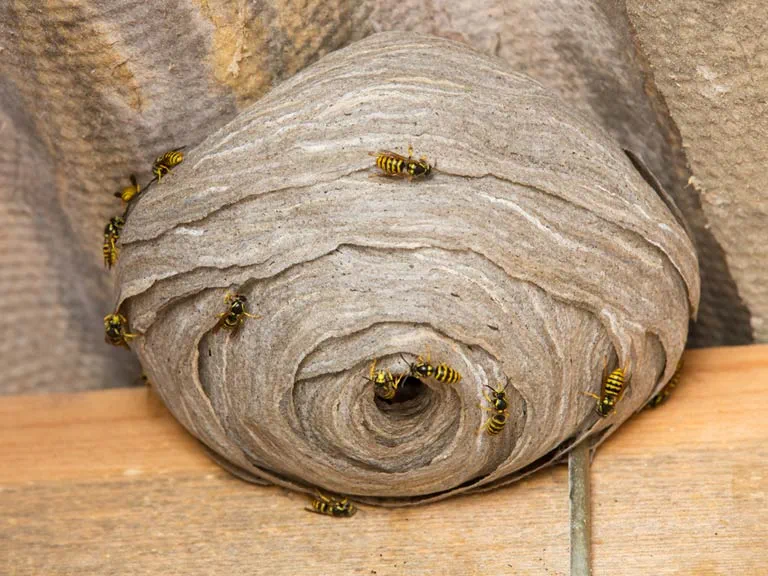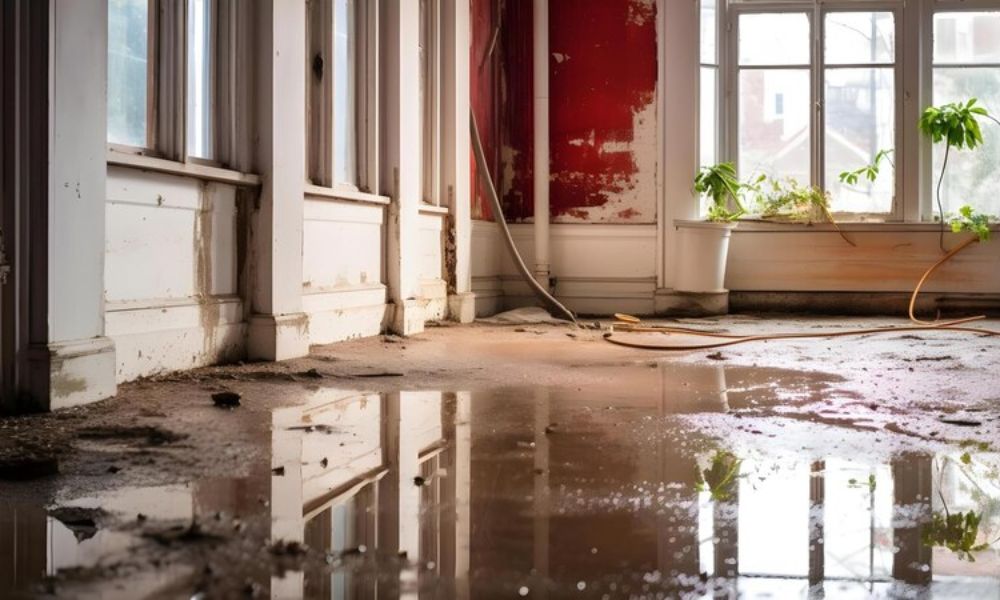Welcome to the buzzing world of wasps! If you’ve ever found yourself wondering whether those flying insects around your property are just passing visitors or something more permanent, this blog post is here to help. Discovering a wasp nest on your property can be alarming, but fear not – armed with the right knowledge, you’ll be able to identify and address the situation effectively. So, let’s dive into the fascinating realm of wasp nests and learn how to spot them before they become a stinging issue!
How Do You Know if You Have a Wasp Nest on Your Property?
As a homeowner, staying vigilant about the presence of wasp nests on your property is crucial. But how can you tell if these buzzing insects have taken up residence nearby? One tell tale sign is observing wasps frequently flying in and out of a specific area, often near eaves, roof overhangs, or under decks. If you notice an uptick in wasp activity around your home, it could indicate the presence of a nest.
Additionally, keep an eye out for small papery structures attached to surfaces like tree branches or walls – these are typical locations where wasps build their nests. The distinctive hexagonal cells inside these nests serve as homes for larvae and adult wasps alike. Pay attention to any unusual rustling sounds coming from within walls or ceilings as well; this could suggest that a hidden nest is nearby. By being observant and proactive in monitoring your property, you can catch potential wasp infestations early on before they escalate into larger problems.
What Do Wasp Nests Look Like?
When it comes to identifying a wasp nest on your property, knowing what they look like is essential. Wasp nests can vary in appearance depending on the species of wasps that built them. However, most common wasp nests are typically grey or brown in colour and have a papery texture.
The size and shape of a wasp nest can also differ based on the type of wasps inhabiting it. Some nests may be small, resembling a golf ball, while others can grow to be as large as a basketball or even bigger. They are often found hanging from trees, eaves, roof overhangs, or tucked away in corners of buildings.
Wasp nests are constructed using chewed wood fibres mixed with saliva, giving them their characteristic papery appearance. The intricate layers within the nest provide compartments for eggs and larvae to develop safely until they mature into adult wasps.
If you notice any unusual-looking structures around your property that match this description, it’s crucial to investigate further to determine if you have a potential wasp nest nearby.
Signs of Wasp Nests
One of the most common signs that you may have a wasp nest on your property is seeing an increased number of wasps flying around. If you notice more wasps than usual buzzing near your home or garden, it could indicate the presence of a nearby nest.
Another sign to look out for is observing wasps entering and exiting a particular area consistently. Keep an eye on potential nesting spots like eaves, roof overhangs, bushes, or trees. Wasps tend to build their nests in sheltered locations away from direct sunlight and rain.
Be cautious if you spot small papery hexagonal cells attached together in a honeycomb pattern. These are distinctive features of many types of wasp nests. Also, listen for a low humming sound coming from a specific area, as this could be the buzzing activity inside the nest.
Understanding Wasp Behavior
When it comes to understanding wasp behaviour, it’s essential to recognize that these insects are highly territorial. Wasps will defend their nests aggressively if they feel threatened, so approaching a nest can lead to stings.
Wasps are also attracted to sweet scents and food, making outdoor picnics or gatherings potential hotspots for them. They are known scavengers and predators, feeding on other insects as well as sugary substances.
Different species of wasps have varying behaviours; while some build nests in trees or bushes, others may construct underground burrows. Understanding these nuances can help identify the type of wasp nest you might be dealing with.
Additionally, knowing that most species of wasps do not reuse old nests can give insight into why new colonies may appear each year in the same area. By being aware of these behaviours, you can better prepare and protect your property from potential infestations.
Preventing Wasp Nests
When it comes to preventing wasp nests on your property, there are several proactive steps you can take. Start by regularly inspecting your surroundings for any signs of potential nest sites. Keep an eye out for eaves, trees, bushes, and any other structures that could attract nesting wasps.
Seal off any entry points around your home where wasps could potentially build their nests. This includes holes in walls, gaps in windows or doors, and cracks in the foundation. By blocking these openings, you can deter wasps from setting up shop on your property.
Consider planting natural deterrents such as mint, citronella, or eucalyptus around your yard to help repel wasps. These plants emit scents that are unpleasant to these stinging insects and can act as a natural barrier against nest-building.
Methods of Wasp Nest Removal
When it comes to removing a wasp nest from your property, there are several methods you can consider. One common approach is using insecticidal sprays specifically designed for wasps. These sprays can be effective in killing the wasps and destroying the nest.
Another method is using a vacuum cleaner with a long attachment to safely suck up the wasps and remove the nest. This technique allows you to keep a safe distance from aggressive insects while effectively eliminating them.
Alternatively, some people opt for natural remedies like peppermint oil or dish soap mixed with water to spray on the nest. While these methods may work for smaller nests, larger infestations may require professional intervention.
If you’re unsure about handling it yourself, seeking assistance from pest control services is always an option worth considering for the efficient and thorough removal of a pesky wasp nest.
Conclusion
It’s essential to stay vigilant and proactive when it comes to dealing with wasp nests on your property. By knowing what to look for, understanding their behaviour, and taking preventive measures, you can significantly reduce the chances of having a wasp nest near your home.
If you do discover a wasp nest, always prioritize safety first and consider seeking professional pest control services for efficient and safe removal. While some DIY methods may work for small nests, larger or hard-to-reach nests are best left to the experts.




